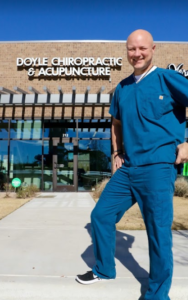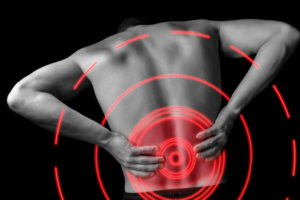According to the CDC, approximately 30% of people in the United States have suffered from an episode of low back pain in the last 12 months. Low back pain is one of the most common causes of missed time from work and can have a negative impact on an individual’s quality of life. I am often asked whether or not a patient’s diet can affect their lower back pain.
While dietary factors do not cause all lower back pain, there is evidence to suggest that consuming certain foods can result in an increased inflammatory response, which can be a factor in complaints of lower back pain.
Some foods can help reduce inflammation, and others can worsen it. That is why you should pay attention to what you eat if you have back or neck pain. Now may be the time to adopt an anti-inflammatory diet!
If you are dealing with inflammation in your back or neck, you will want to avoid some foods which can increase your body’s inflammatory response.
Adding foods to your diet that decrease inflammation should also be part of your management strategy.
The chart below highlights some foods to add and some to avoid. Visit this link for a free infographic containing a more detailed list of anti-inflammatory foods that could be beneficial.
| Foods that INCREASE Inflammation | Foods that DECREASE Inflammation |
|
Refined Grains
|
Nuts (Raw or Dry Roasted)
|
Bad Fats
|
Green Vegetables
|
Refined Sugars
|
Fruits
|
Cured Meats
|
Meats
|









